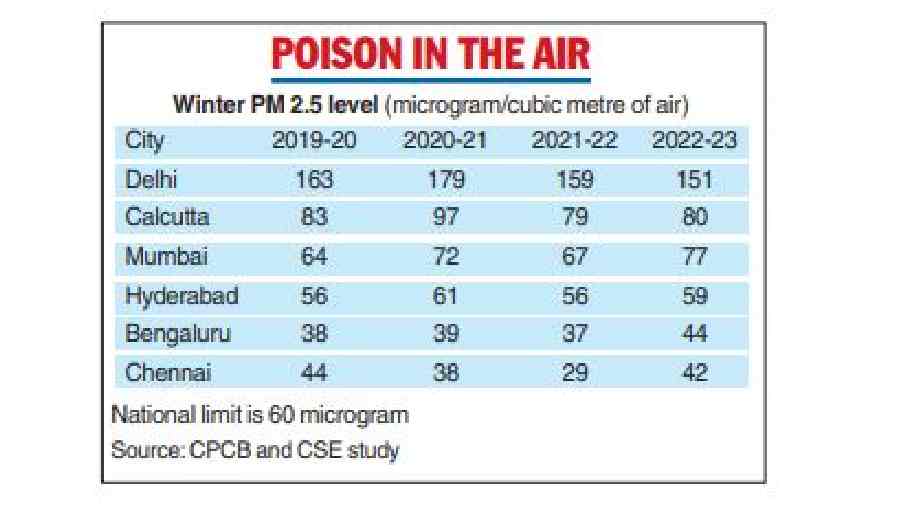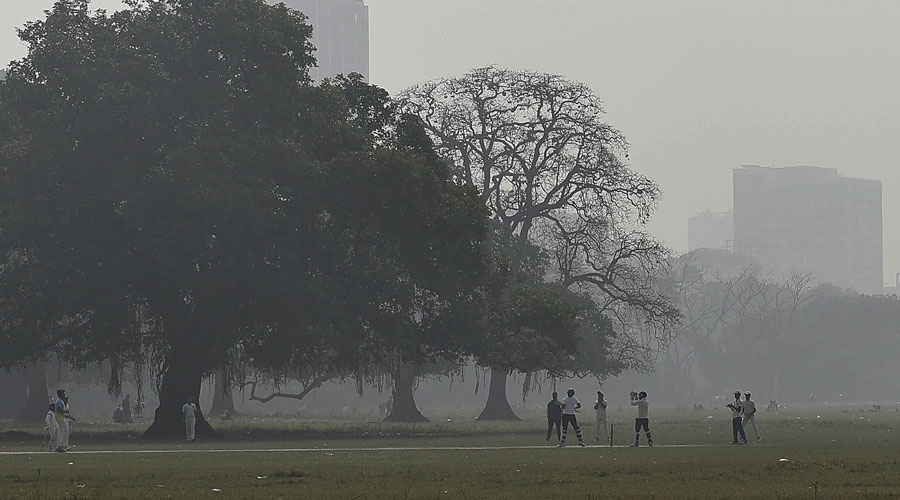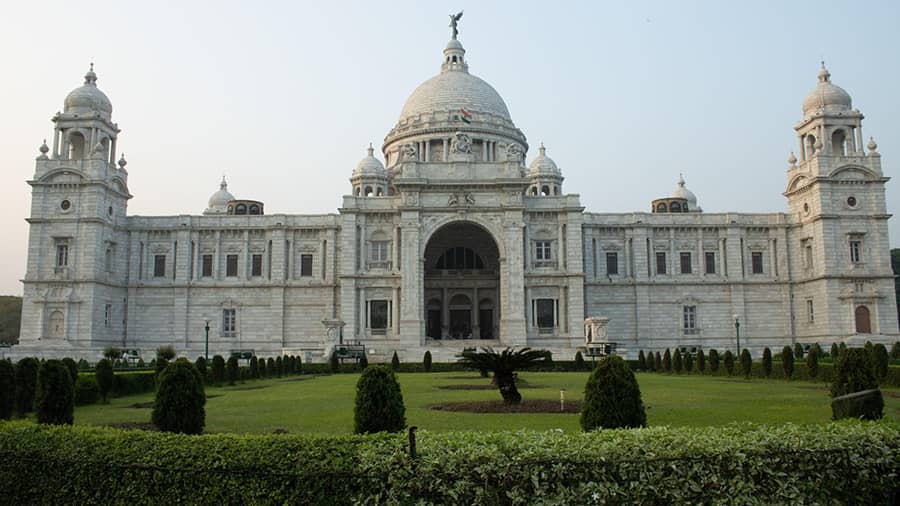Kolkata was the second most polluted metro city in the country after Delhi during winter 2022-23, says a report released on Tuesday that analysed data from the Central Pollution Control Board on the PM2.5 levels across cities.
PM2.5 refers to ultrafine particulates that can enter deep inside the lungs and trigger many critical diseases.
The report, prepared by the Delhi-based Centre for Science and Environment (CSE), mentions that Kolkata’s average PM2.5 level during winter 2022-23 was 80 microgram per cubic metre of air, a shade above the last winter’s average of 79 microgram but still about 33 per cent higher than the national limit of 60 microgram.
Delhi was the table topper with 151 microgram. Mumbai follows Kolkata with 77 microgram of PM2.5.
The average PM2.5 levels in Hyderabad, Bangalore and Chennai were below the national limit. The average PM2.5 concentration in all major metro cites, barring Delhi, was more than the previous winter’s figure.
“Delhi’s winter air hogs all attention, but the rising winter air pollution in other megacities, including Kolkata, does not get adequate coverage. While Delhi has bent its seasonal pollution curve, winter air pollution is high or on the rise in most other megacities,” said Anumita Roychowdhury, executive director, research and advocacy, CSE, who led the study.
The study covers pollution levels from October to February, the five months that the Central Pollution Control Board considers winter.
“The figures show that there has been no significant improvement in Kolkata’s air quality despite a series of judicial orders, hefty funding as well as several actions that the government claims to have taken. It’s obvious the city’s air will no longer be breathable unless major sources of pollution, such as vehicular emission, biomass burning and construction, are addressed,” said environment activist Subhas Datta.
“Kolkata’s worst month is December (and it) was the most polluted megacity (excluding Delhi) for the months of November, December and January. In February, Mumbai overtook Kolkata,” reads the CSE report.
The report pointed out that Kolkata suffered 26 “very poor” and 38 “poor” air quality days out of total 151 days during the last winter. Which means around two out of every five winter days recorded “very poor” or “poor” air quality.
According to the Central Pollution Control Board, poor air can trigger “breathing discomfort to most people on prolonged exposure” and exposure to very poor air can lead to “respiratory illness on prolonged exposure”.

The analysis in the report shows the peak PM2.5 value in Kolkata during the last winter was 151 microgram, a 150 per cent spike compared with the national limit. December was the most polluted month with average PM2.5 concentration of 117 microgram, nearly twice the limit.
Among the pockets in the city where the central board runs air pollution monitoring stations, the Victoria Memorial was found to be the most polluted with an average PM2.5 concentration of 96 microgram.
Rabindra Bharati University (BT Road), Jadavpur, Bidhannagar and Ballygunge followed closely with an average concentration varying between 85 and 91 microgram.
The average PM2.5 level at Rabindra Sarobar — 64 microgram — was just above normal. Fort William was the least polluted spot with 57 microgram of PM2.5.
“This year the pollution combat effort was affected by complete absence of rain during winter. I can hardly remember such a rainless winter in near past,” said Kalyan Rudra, chairman of the West Bengal Pollution Control Board, explaining the high pollution level during the season.

